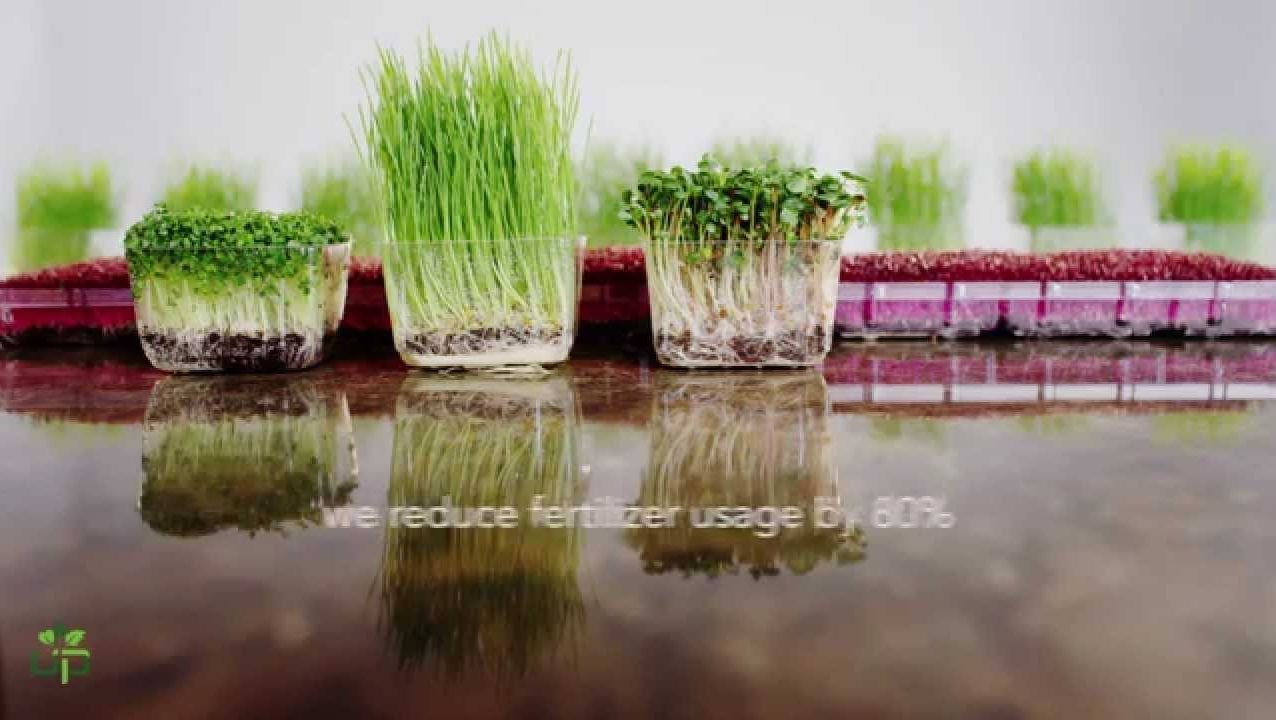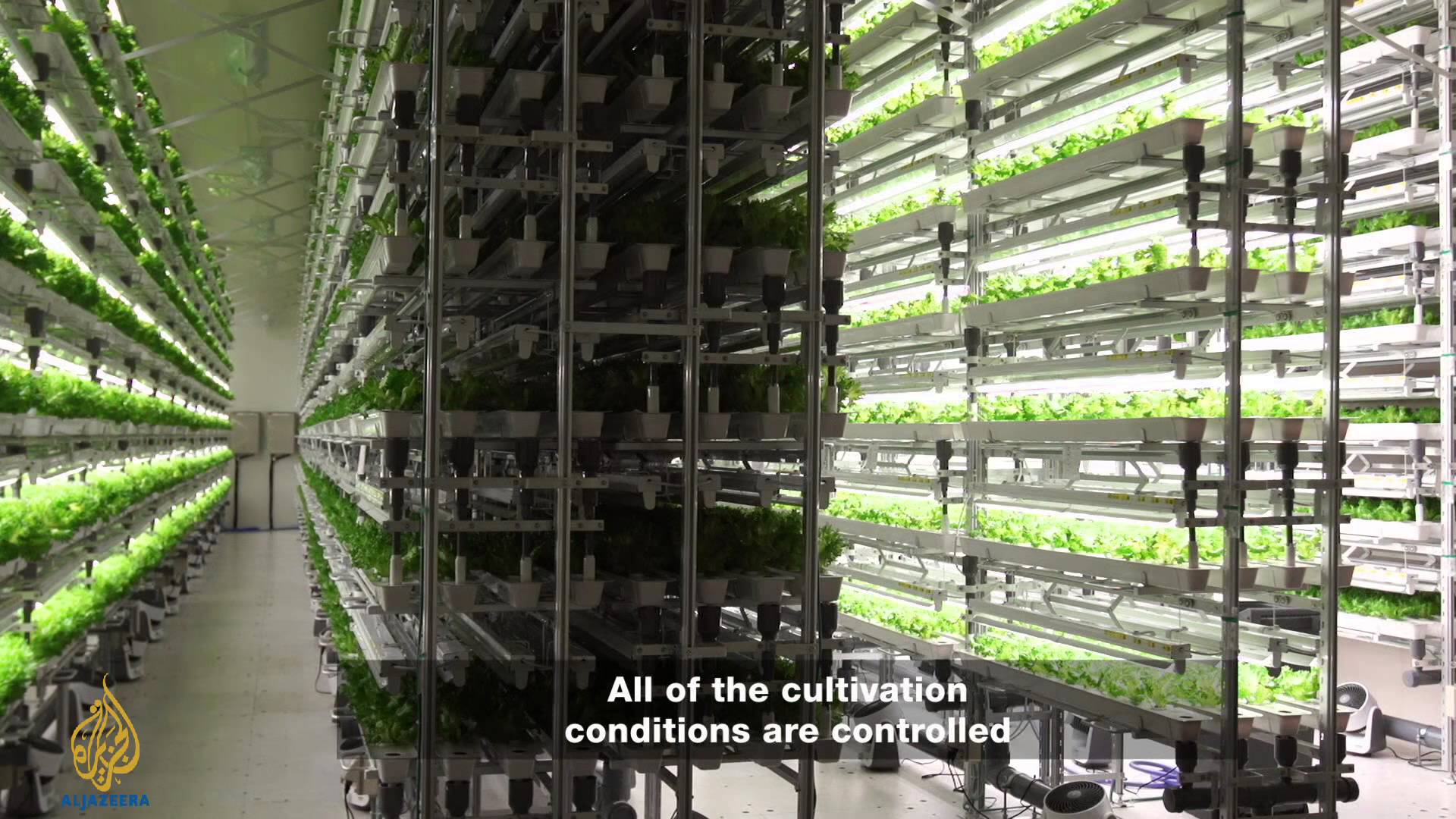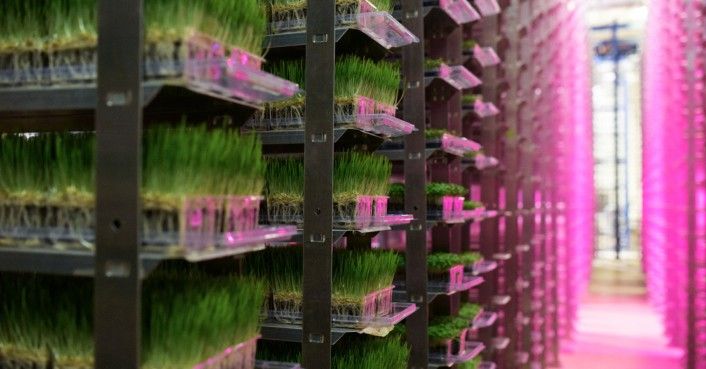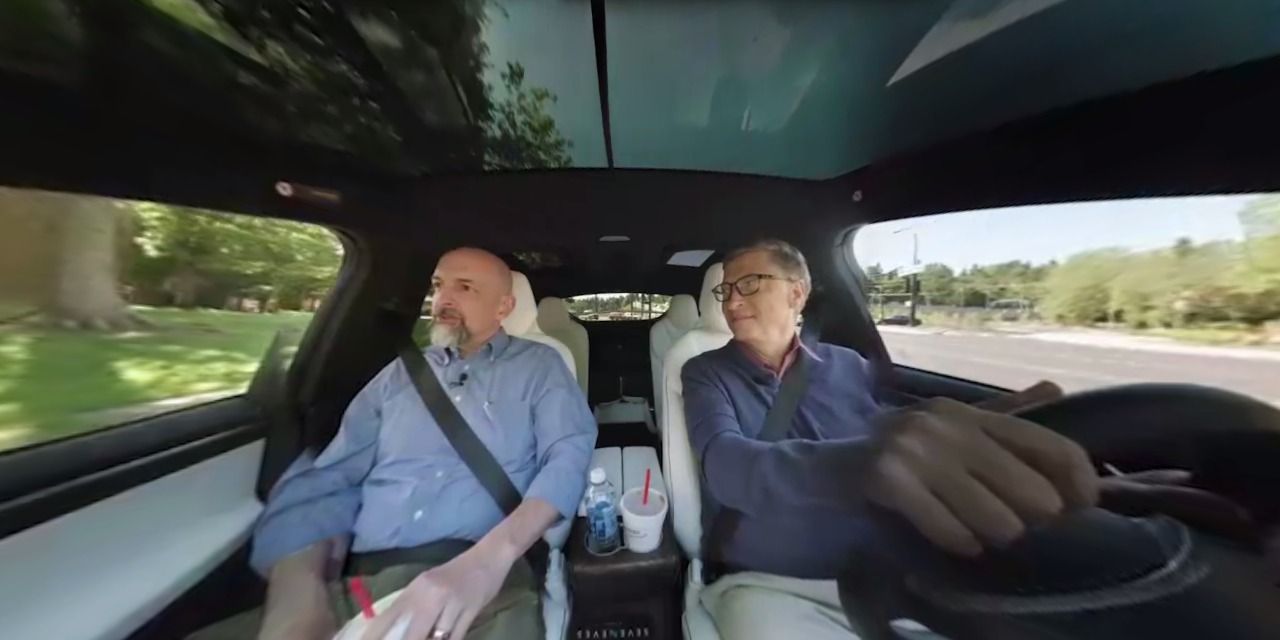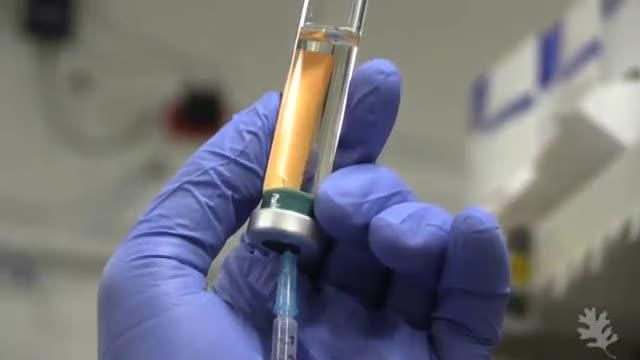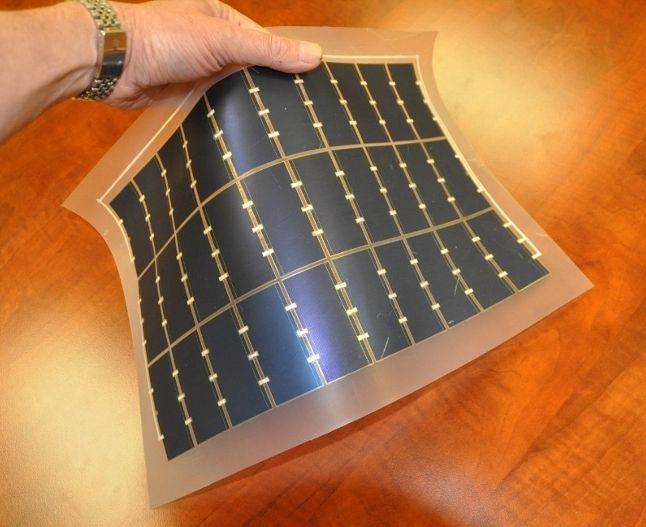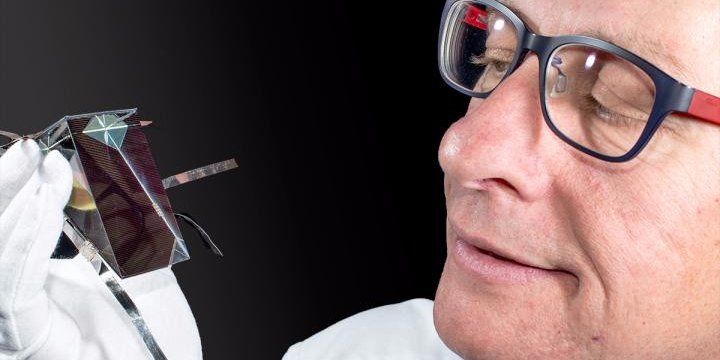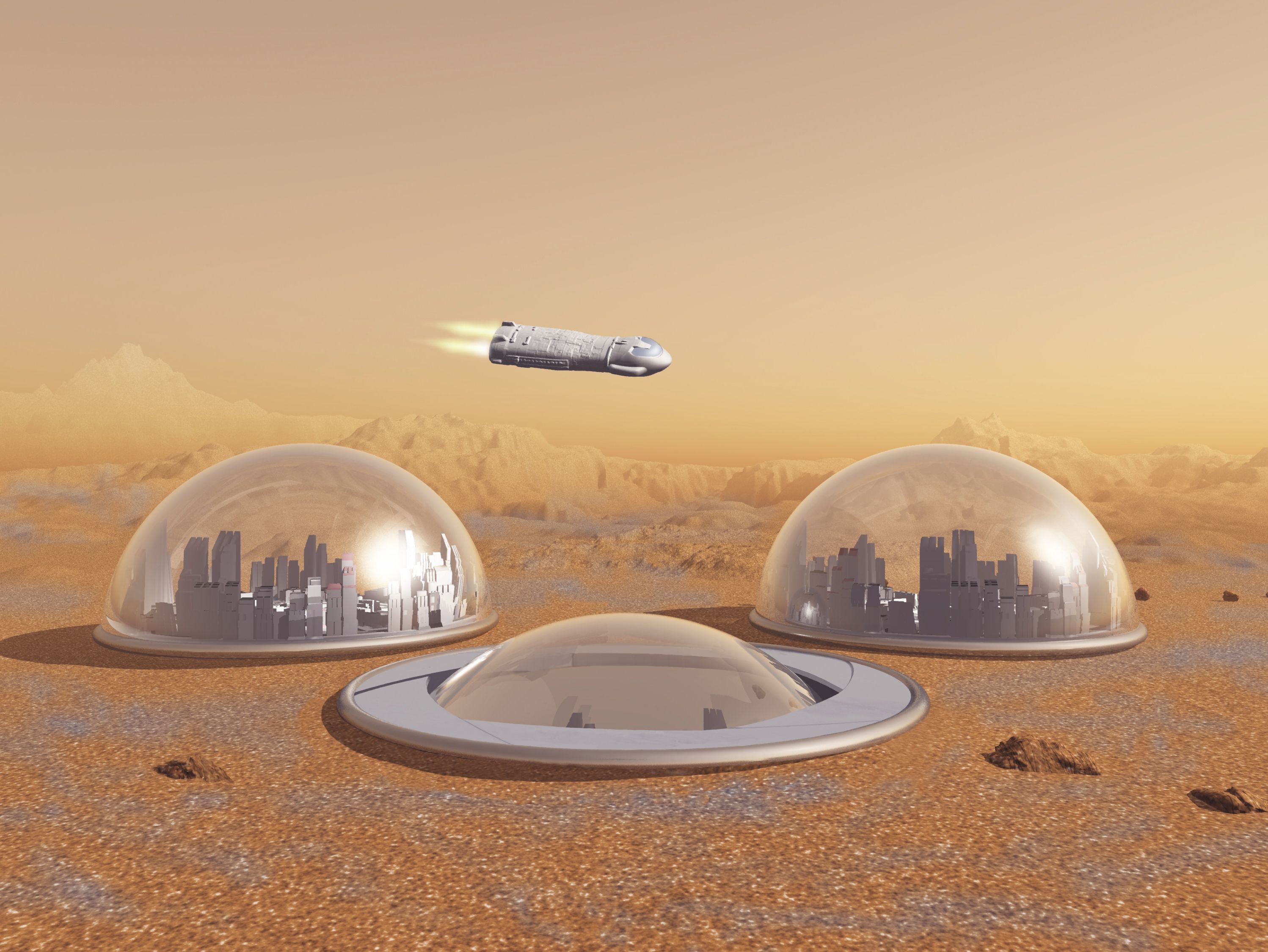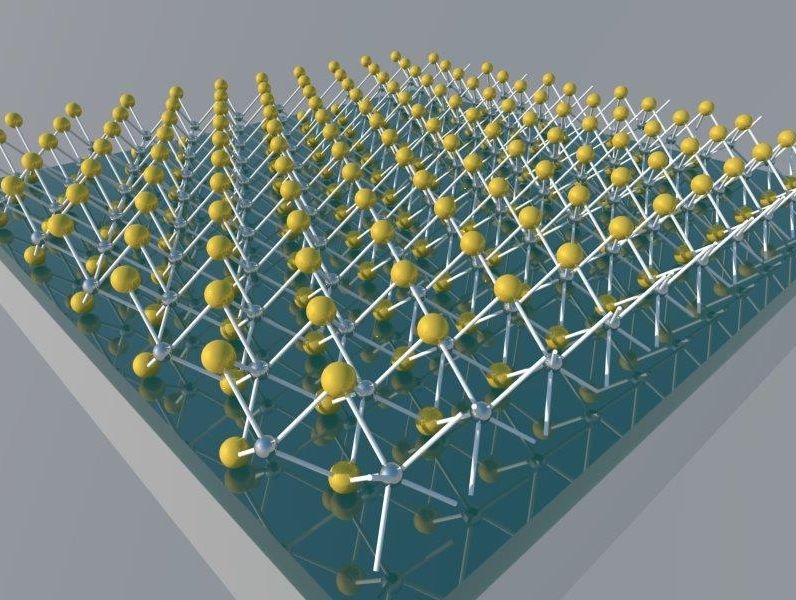Friends have been asking me to write something on space exploration and my campaign policy on it, so here it is just out on TechCrunch:
When people think about rocket ships and space exploration, they often imagine traveling across the Milky Way, landing on mysterious planets and even meeting alien life forms.
In reality, humans’ drive to get off Planet Earth has led to tremendous technological advances in our mundane daily lives — ones we use right here at home on terra firma.
I recently walked through Boston’s Logan International Airport; a NASA display reminded me that GPS navigation, anti-icing systems, memory foam and LED lights were all originally created for space travel. Other inventions NASA science has created include the pacemaker, scratch-resistant lenses and the solar panel.
These types of advancements are one of the most important reasons I am hoping our next U.S. president will try to jump-start the American space program — both privately and publicly. Unfortunately, it doesn’t appear any of them are talking about the issue. But they should be. As we enter the transhumanist age — the era of bionic limbs, brain implants and artificial intelligence — space exploration might once again dramatically lead us forward in discovering the most our species can become.
Read more
